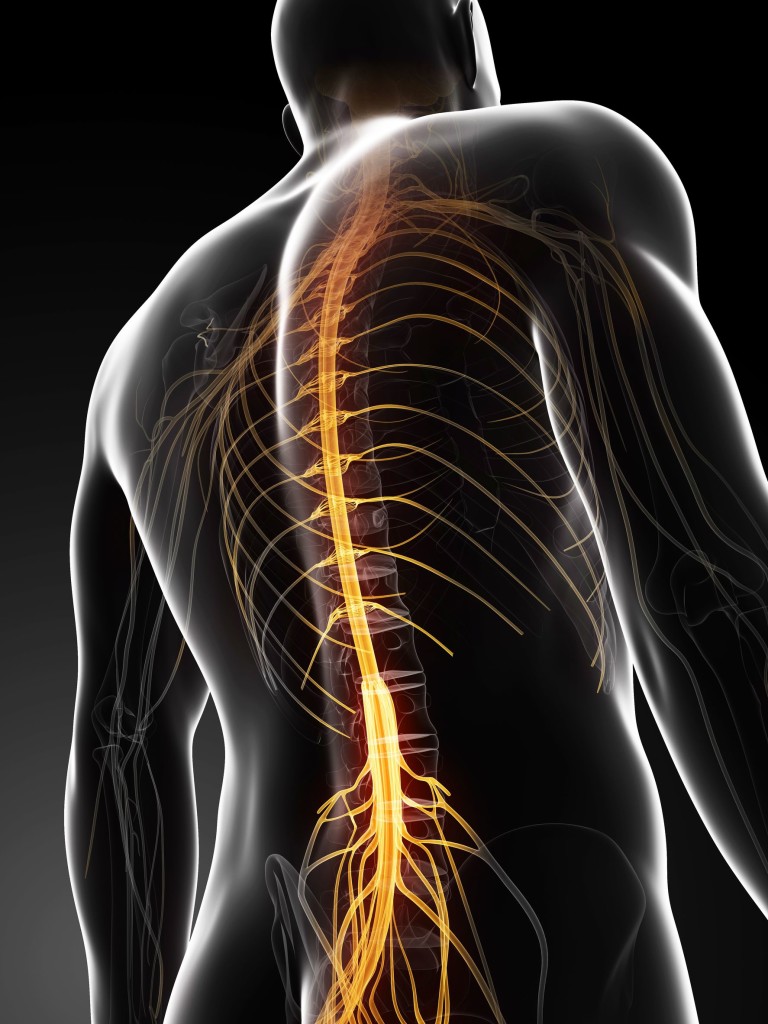Arachnoiditis of the Spine – Causes & Treatments
Category: Nerves, Spine | Author: Stefano Sinicropi
 Though the name sounds like something out of a science fiction movie, Arachnoiditis is a very real spinal condition that can cause pain and other issues throughout a patient’s body. In this article, we will define arachnoiditis, discuss its causes, treatments, and how it relates to other conditions and injuries of the spine.
Though the name sounds like something out of a science fiction movie, Arachnoiditis is a very real spinal condition that can cause pain and other issues throughout a patient’s body. In this article, we will define arachnoiditis, discuss its causes, treatments, and how it relates to other conditions and injuries of the spine.
What is Arachnoiditis?
Arachnoiditis is a condition in which a membrane surrounding the spinal nerves (the arachnoid) becomes inflamed and causes pain. When the arachnoid becomes inflamed, it can result in scar tissue and nerve malfunction. The disorder can be caused by acute spinal cord injury, viruses, spinal stenosis and nerve compression, and chemicals used in spinal injections.
There are several warning signs that could indicate a diagnosis of arachnoiditis. Here are a few of the potential symptoms:
- Burning or stinging pain in the back or legs.
- Numbness or lack of sensation in the legs.
- Back muscle spasms
- Bladder control issues
These symptoms can come in any combination, which makes a diagnosis difficult, especially since these symptoms can be indicative of other spinal conditions as well.
Risks & Treatments
Arachnoiditis can lead to serious pain and neurological issues if left untreated. Worst case scenario, it can cause permanent nerve damage and paralysis.
Diagnosis is done through physical exam and imaging tests like MRI scans, or X-ray. Unfortunately there is no cure for arachnoiditis. As a result, treatment is focused on managing symptoms. Physical therapy, massage therapy, exercise, and pain medications can all mitigate symptoms. Injections and surgery may be helpful as well if the condition is severe, but this is highly dependent on the patient and should be decided on a case-by-case basis. Even though there is no cure for arachnoiditis, you do not have to live in pain for the rest of your life. There are effective treatment methods that can help you regain your quality of life. Talk to your physician about your options.